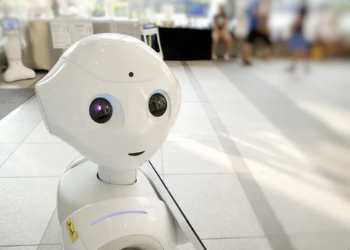If you had to choose a single word to describe 2020, what would it be? Unprecedented? Uncertain? Challenging? Volatile?
Service-oriented businesses were hit particularly hard by the volatility of 2020. Customers delayed or cancelled elective services due to financial constraints or fear of exposure to COVID-19, while government-issued stay-in-place orders barred certain services altogether. Moving into the winter months now further compounds this volatility, with occasional severe weather disruptions affecting demand in many regions. Overall, this creates an extraordinary difficulty for management of these businesses, as trying to determine appropriate staffing turns into a game of hit or miss. The results are either an overstaffed business with high employee costs and bored, disengaged staff, or an understaffed business with stressed, overworked employees and frustrated customers due to long wait times.
Is this a challenge one needs to simply endure and hope for the best, or can service businesses proactively implement measures that will generate reliable demand forecasts?
Actually, there is a better way than waiting passively! The technological advances over the last few years enable businesses to collect, access and employ data to transform their decision-making processes. Applying artificial intelligence models to forecast demand significantly reduces the uncertainty of volatile conditions. AI-based models can utilize both internal and external data to generate workload forecasts individually tailored to a business’s specific needs and challenges. These tools can be trained to provide practical, accurate recommendations for day-to-day staffing of each individual team or location.
One exciting dimension of this technology is how it can automatically adjust to changing conditions over time. Managers can modify results as they see fit, providing the algorithm additional “human knowledge” to learn from and apply to future predictions. Not only can applied AI-models empower service businesses to have an accurate number of staff on schedule, but they can also forecast the type of employee needed to be “on” at the right time. This can be determined by seniority, formal certifications, or skill level, to name a few.
So rather than falling behind by duplicating last week’s schedule, jump ahead to the labor optimization tools that can predict tomorrow’s needs and match workforce to workload—providing certain forecasts in uncertain times.
Author: Daniela Kister
Daniela is responsible for marketing and design at Weave Workforce, a workforce optimization company, providing AI-based forecasting and scheduling to match the fluctuating demand of service-oriented businesses. Having worked in automotive, consumer goods, education, healthcare, and not-for-profit management on three different continents, Daniela is passionate about time management and its benefits on business revenue and work-life balance.



